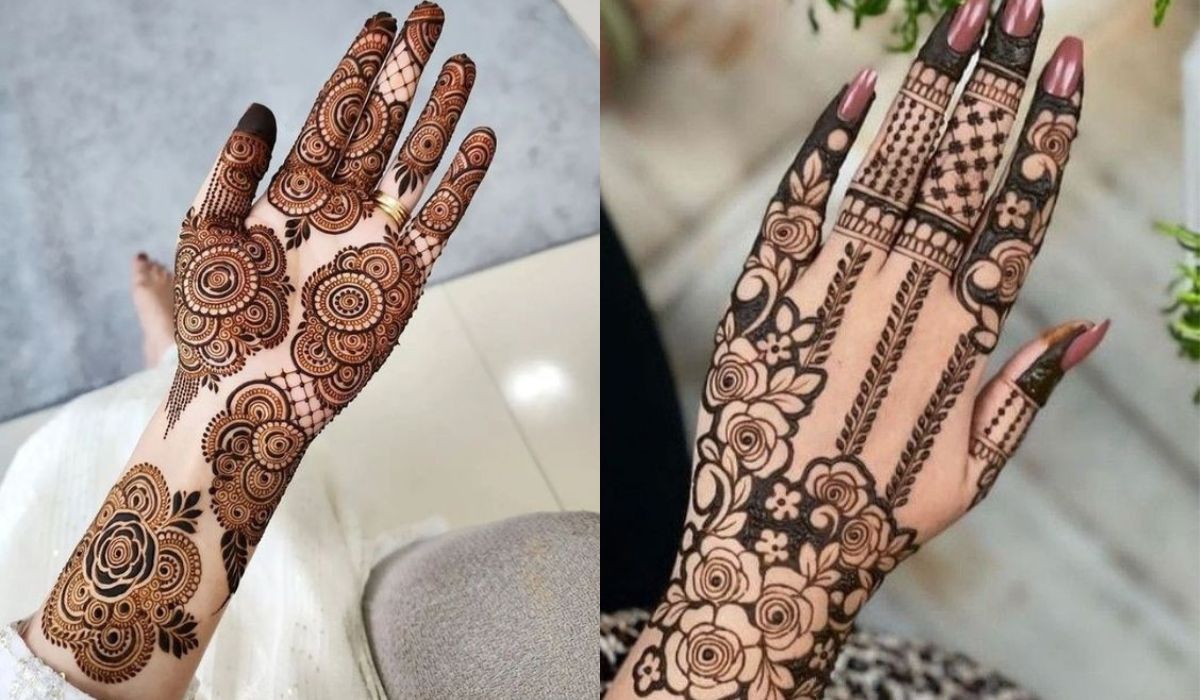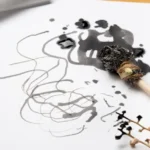The complex patterns and cultural importance of Mehandi (also known as henna design) have attracted people all around the world. Mehandi is a form of body art that has been practiced for centuries and is now recognized and appreciated all over the world for its beauty and mehandi design, symbolic significance. In this post, we’ll learn about the origins of Mehandi as well as its many variations, uses, health advantages, and cultural adaptations. Prepare to enter the enticing realm of Mehandi and learn about its magical appeal.
What is Mehandi
Mehandi, also spelled Mehndi, is the practice of decorating one’s body with designs made from henna paste. Temporary tattoos or designs can be made with henna, a natural dye made from the henna plant’s leaves. Mehandi is a common cultural activity in several nations, including India, Pakistan, Bangladesh, and Morocco.
Cultural Significance
Mehandi has tremendous symbolic meaning in many cultures, particularly those of South Asia and the Middle East. Mehandi is an integral part of weddings and festivities because of the happiness, prosperity, and good fortune it represents. The Mehndi ceremony, in which the bride’s hands and feet are decorated with elaborate designs made of Mehandi, is an important element of the festivities leading up to the wedding. The bride’s beauty is said to be enhanced, and she will be protected from evil spirits and blessings.
History
Mehandi is a tradition that has been around for a very long time, with its roots in ancient cultures. Mehandi may have been used for beauty purposes and to cool the body in the hot desert conditions in ancient Egypt, while the precise origin is unknown. Mehandi is an ancient art form that originated in Egypt but quickly became a widespread phenomenon in India.
Origins of Mehandi
In its ancient Indian incarnation, Mehandi was known as “Mendhika.” As a means of expression and celebration, women would decorate their hands and feet with Mehandi designs. Mehandi’s significance grew over time to embrace not only Hindu celebrations but also other religious events and unique occasions throughout India.
Evolution and Spread
Mehandi’s success in India prompted its expansion to other regions and civilizations. Once in the Middle East, the practice of Mehandi was refined and incorporated into local Arabic customs. The art of Arabic Mehandi is marked by striking symmetry, geometric patterns, and floral motifs. The Indo-Arabic style of Mehandi, characterized by a distinctive blend of elaborate patterns and exquisite craftsmanship, mehandi design, emerged as a result of this meeting of Indian and Arabic aesthetic sensibilities.
Different Styles
The wide variety of Mehandi designs is a reflection of the cultural and geographical diversity of the art form. Let’s take a look at some of the most well-known Mehandi designs:
Traditional Indian Mehandi Designs
Designs for Mehandi tattoos in India are famous for their complexity and detail. Intricate paisleys, floral patterns, and lace-like elements are common in such designs. The hands and feet are covered in them, and the effect is hypnotic.
Arabic Mehandi Designs
Arabic Mehandi designs are known for their eye-catching, startling beauty. Large geometric patterns, geometric themes, and bold lines are common design elements. Typically, Arabic Mehandi is done to the hands, while the fingertips are left bare or minimally decorated to create a striking contrast.
Indo-Arabic Fusion Mehandi Designs
Indian and Arabic combined The intricate patterns of ancient Indian art and the strong geometric patterns of Arabic art come together in mehandi designs. These stunning creations are the result of careful attention to detail combined with bolder features.
Contemporary and Experimental Designs
Mehandi has seen a renaissance of creativity in recent years, giving rise to new, daring styles. Geometric patterns, contemporary motifs, abstract art, and even portraiture are all represented in these designs. Modern masters of Mehandi art go far beyond reproducing ancient patterns to create one-of-a-kind works of beauty.
Application Techniques
Mehandi is applied using a methodical procedure that calls for dexterity and accuracy. Let’s have a look at the methods used to make beautiful Mehandi patterns:
Preparation and Application Process
The skin is thoroughly washed and exfoliated before the Mehandi is applied. Henna is applied to the skin using a cone or a plastic squeeze bottle filled with paste created by crushing henna leaves and combining them with lemon juice or water. The artist then spends many hours drying the material after painstakingly applying the design along the body’s natural curves. When the paste is dry, it is scraped off carefully to show the stain underlying.
Popular Tools and Materials
To create their masterpieces, mehandi craftsmen use an array of implements and supplies. Essential oils like eucalyptus or lavender can be used to improve the stain’s color and permanence, and cones or bottles facilitate controlled application, while stencils facilitate the creation of symmetrical patterns.
Mehandi in Weddings and Festivals
Mehandi is an integral part of celebrations and weddings in many different cultures. It’s a must-have for any bride, as it represents the beginning of a new chapter filled with love and happiness. Mehandi ceremonies are often attended by many members of the celebrant’s immediate and extended social circle.
Symbolism and Meaning
Mehandi is more than just a type of body art; it also has deep symbolic meaning. These elaborate designs represent the love and fecundity shared by a married pair. It is widely held that the wearer of Mehandi will be blessed with financial success, protection from evil spirits, and the favor of the gods.
Health Benefits
Mehandi has several positive health effects in addition to its cultural and aesthetic significance. Let’s look at how some of these advantages work:
Cooling and Soothing Properties
Mehandi has a calming and relaxing effect on the skin once it has been applied. Mehandi is a natural coolant that provides respite from heat and promotes relaxation, making it ideal for use in hot areas or throughout the summer months.
Natural Antiseptic Properties
Mehandi’s primary ingredient, henna, has antibacterial effects. When used topically, it helps cleanse and protect the skin from germs and other microbes by acting as a mild antiseptic.
Stress-Relieving Effects
Mehandi application has been described as a meditative and restorative activity. Getting a henna mehandi design, tattoo is a great way to relax and unwind, thanks to the calming impact of the rhythmic motion of the artist’s hand and the calming scent of the henna.
Cultural Adaptation
Mehandi is a universal art form that has been adopted by communities all over the world. Let’s look at the many ways Mehandi has found new life.
Mehandi in Different Cultures
Mehandi’s appeal has spread beyond its original home in South Asian and Middle Eastern civilizations. Mehandi is a form of body art that has spread from Africa to Europe, where it has been adapted to local aesthetics.
Mehandi as a Form of Body Art
Mehandi has gained widespread popularity as a form of body art in addition to its long-standing cultural importance. Mehandi is very popular all over the world as a form of artistic expression and personal adornment. Artists and fans of the art of mehandi never stop challenging convention by showing off their skills with ever-more-complex creations.
Mehandi in Modern Fashion Trends
Mehandi is now widely used in the fashion and creative industries. Motifs and designs from Mehandi are frequently seen on apparel, accessories, and even home furnishings. Mehandi’s grace and appeal have inspired several designers, who are now drawing on this ancient art form in their collections.
Conclusion
In conclusion, Mehandi is a celebration of more than simply beauty mehandi design, and history and culture. Mehandi’s exquisite designs, symbolic significance, and therapeutic advantages have captivated people from its ancient origins to its global reach. Mehandi has a particular place in the hearts of millions of people since it can be used for anything from weddings and festivals to personal expression.











